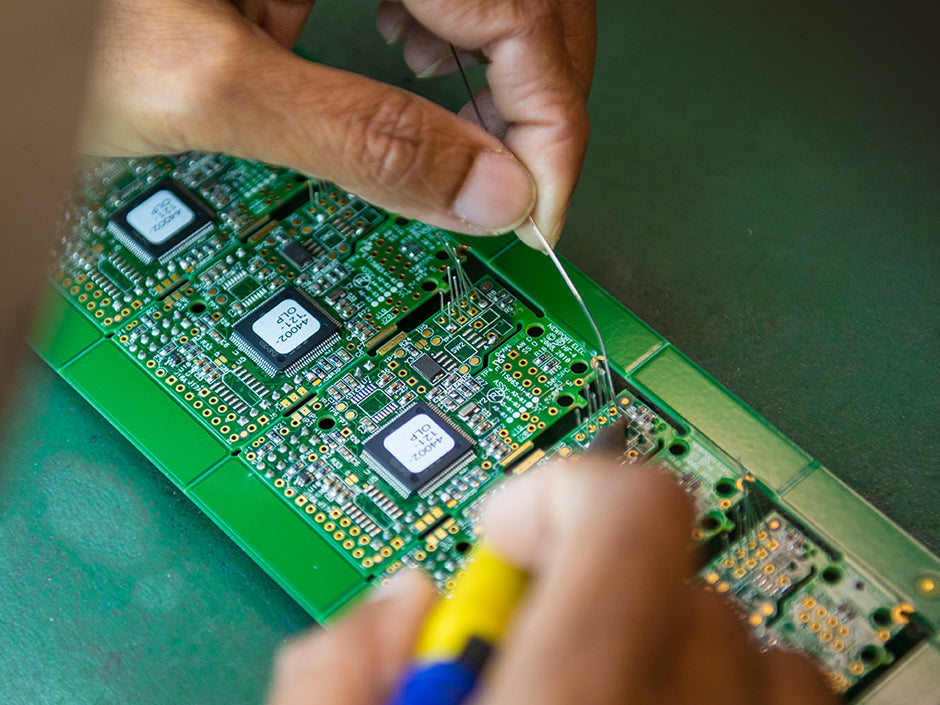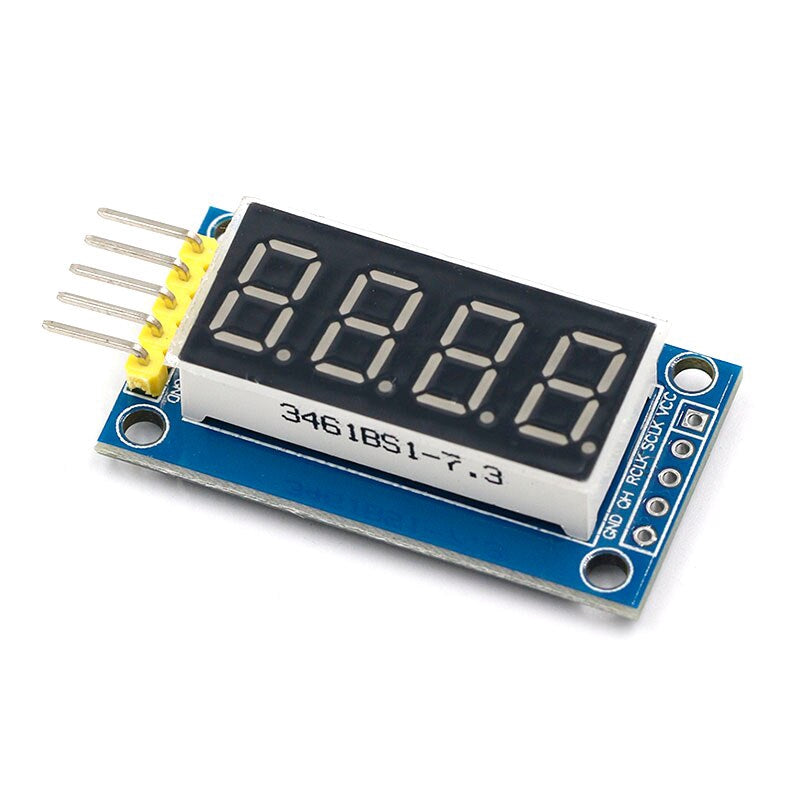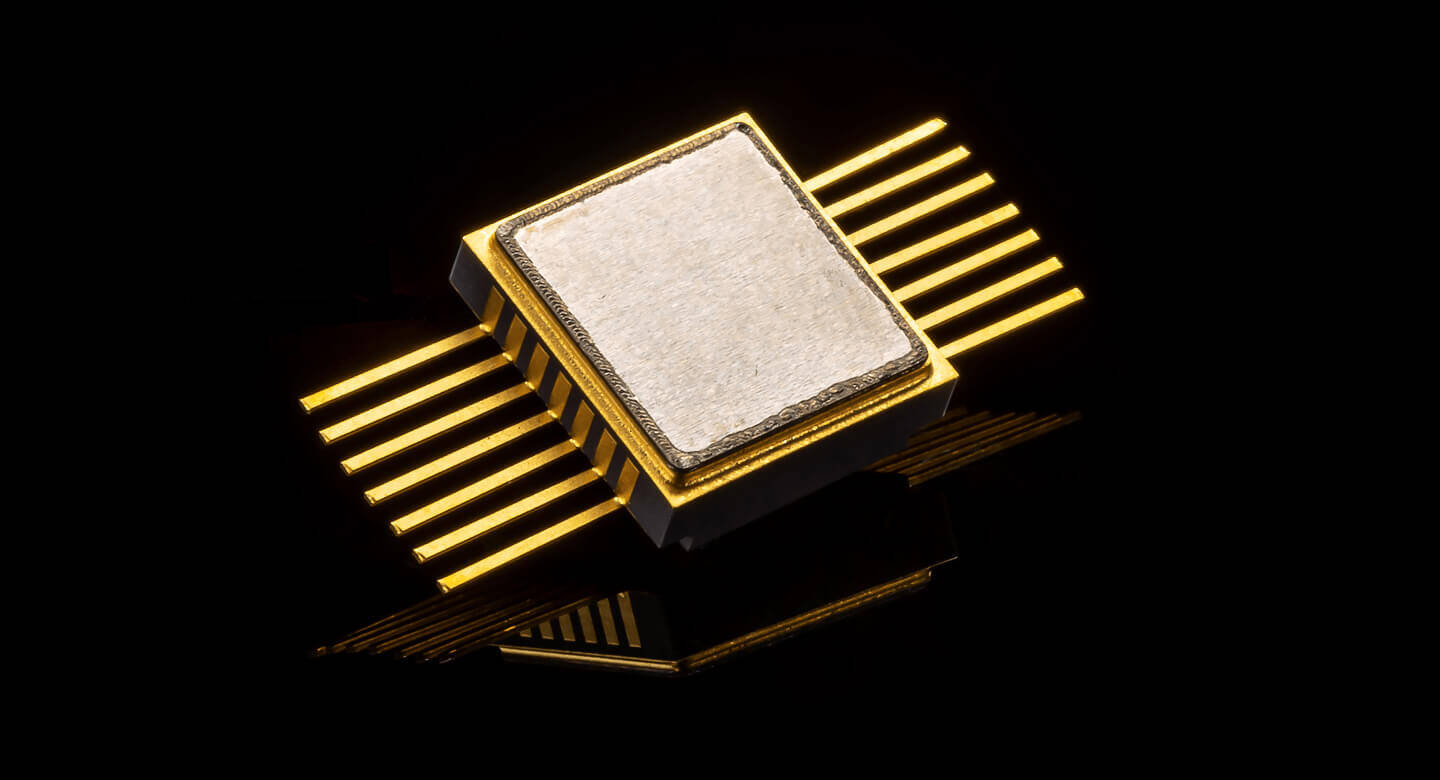
5 ways the electronic supply chain will adapt in 2023
Share
Here are five ways the electronic supply chain is expected to adapt in 2023.
1. Organizations will analyze cost and risk in depth
As resilience becomes the priority in the new year, companies will need to invest in their partnerships with chip suppliers and manufacturers to increase visibility. For example, GM has already partnered with Qualcomm and Ford with GlobalFoundries. Planning for cost and risk with vendors will become a necessity.
Dealing with recent disruptions to the global supply chain has certainly shifted the electronic supply chain. One silver lining is that these challenges and disruptions have exposed vulnerabilities. With light shed on these underlying issues, organizations can take the steps needed to adopt a more proactive approach when it comes to cost and risk.
2. Domestic chip manufacturing will be promoted at national levels
After the significant disruptions and chip shortages of 2022, many governments around the world began to promote domestic chip manufacturing. The U.S. passed the Chips and Science Act to increase domestic chip manufacturing. This act aims to increase investments in the domestic manufacturing of chips and directs $280 billion in spending for the next 10 years to the industry. A total of $52.7 billion is slated to support semiconductor manufacturing, workforce development, and research and development; an additional $24 billion in tax credits is allocated for chip production. In Europe, The European Chips Act is in deliberation and is expected to be finalized at some point in early 2023.
Government incentives have been used to plan and construct new facilities in the U.S. and in Europe. Funding toward the chip industry is expected to accelerate innovation and lead to new manufacturing processes and technologies. As companies spend more resources on research and development, progress is inevitable. According to the World Fab Forecast report, 33 new semiconductor fabs started construction in 2022 and there are 28 currently projected to begin construction in 2023. While it may take some time for these plants to become operational, the supply chain could see the benefits of these new facilities in 2023.
3. Chip shortages are expected to continue
Global political tensions are at a high and are expected to continue to affect the electronics supply chain. Relations with China and other nations are strained. Germany blocked a few cases of foreign investment transactions last year. In November 2022, Swedish subsidiary Silex of the Chinese company Sai MicroElectronic was intending to buy the Dortmund factory of Elmos but was blocked by the German government due to security concerns.
The U.S. signed the Inflation Reduction Act in August 2022. The EU has raised concerns that the act may give rise to issues with trusted trade partners and lean to aggressively on domestic manufacturing. This act was the third piece of legislation passed since 2021 that was geared toward improving U.S. economy productivity, and competitiveness.
4. New countries will enter the semiconductor manufacturing global stage
Besides the U.S. and EU other countries are moving to increase domestic chip production and research. Indicators of this happening have already been seen in Japan. Eight companies have formed a consortium in Japan and are helping to fund and promote chip manufacturing.
This year, it is expected that other countries such as India may also pass legislation to encourage domestic chip production. India is expecting to invest $25 billion at least as an incentive for domestic chip manufacturing. Prime Minister Narendra Modi's government is aiming to enable India as a key player in the global supply chain by agreeing to cover between 30% and 50% of the cost of setting up new display and chip plants. Current top semiconductor manufacturers are Tawain, South Korea, Japan, China, and the U.S. but 2023 could see shifts.
5. Supply chain challenges will be expected instead of overlooked
Supply chains are dynamic; they are everchanging and fluctuating with economies and are affected by a variety of factors and unforeseen circumstances. In 2023, businesses are expected to take a long-term approach to their supply chain management. These new perspectives are expected to balance innovation with risk.
The electronics industry suffered from supply chain shortages in noticeable ways. Car production was stopped, and consumer electronic product launch dates were delayed. Many electronics companies were unable to onboard new employees and some layoffs occurred. It is expected that production ramp-ups will occur to make up for lost time and companies have new opportunities to test their supply chain resiliency.
Moving forward
With 2023 comes new opportunities for the U.S. and other countries across the globe. Digitalization is still on the rise and with that comes a steady increase in demand for electronics. The technology sector is not expected to take a downturn anytime soon. The world did not anticipate the pandemic and the waves it caused throughout the electronics supply chain. Businesses can take the lessons learned from these shortages and change the way they do business for the better. With a new year comes new unforeseen challenges and a new opportunity to face challenges head-on.
References
House, T. W. (2022, August 9). FACT SHEET: CHIPS and Science Act Will Lower Costs, Create Jobs, Strengthen Supply Chains, and Counter China.
name="_qc9a8ns3hyoc">Inflation Reduction Act of 2022. (2022). In Congress.gov (H.R.5376). U.S. Government Publishing Office.
name="_5tv737qww7ch">The EU chips act: Securing Europe’s supply of semiconductors.pdf (2022). In European Parliament (PE 733.596). European Parliamentary Research Service.
Author byline
Jody Dascalu is a freelance writer in the technology and engineering niche. She studied in Canada and earned a Bachelor of Engineering. Jody has over five years of progressive supply chain work experience and is a business analyst. As an avid reader, she enjoys researching upcoming technologies and is an expert on a variety of topics.





